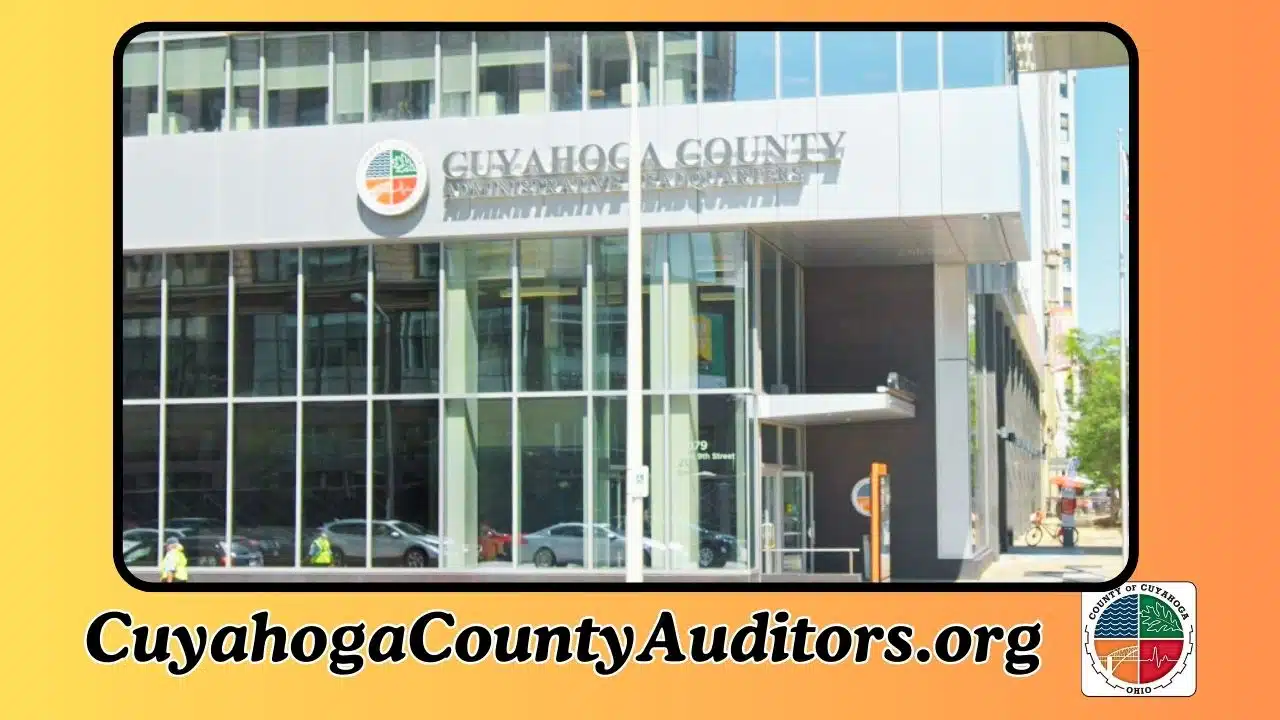Property taxes are key for local services like schools, police, and roads. In Cuyahoga County, they help fund these important services. This article looks at property tax trends in Cuyahoga County and how they compare to nearby areas.
What are Property Taxes and Why Do They Matter?
Property taxes are based on a property’s value. They help fund local services like schools and roads. Rates can vary a lot between places.
In Cuyahoga County, taxes are influenced by property values and local needs. Knowing these trends is important for homeowners and local officials.
Property Tax Trends in Cuyahoga County
Cuyahoga County’s property tax rates have changed over time. This is due to the local economy, property values, and budgets. Let’s explore how property taxes have changed in the county.
1. Property Tax Rates in Cuyahoga County
Cuyahoga County has some of the highest property tax rates in Ohio. This is because of the need for funding for schools, safety, and infrastructure. Taxes are assessed at both the county and local levels, with rates varying by location.
2. Trends in Property Tax Assessment
Property tax assessments are done to set property values for tax purposes. In Cuyahoga County, property values have changed due to the economy, development, and gentrification.
- Urban Areas: Cleveland and other cities have seen property values rise due to development. But, high taxes have led to more delinquencies.
- Suburban Areas: Suburbs have seen steady growth in property values. They have higher tax rates than rural areas but offer local amenities.
3. Property Tax Delinquency in Cuyahoga County
As taxes go up, so does the risk of not paying. Cuyahoga County faces challenges with delinquency, mainly in low-income areas. Many homeowners struggle to pay due to financial issues, risking foreclosure.
How Cuyahoga County Compares to Surrounding Areas
It’s important to compare Cuyahoga County’s property tax trends with its neighbors. This helps understand why rates and trends differ.
1. Property Tax Rates in Surrounding Counties
Let’s look at how Cuyahoga County’s tax rates compare to its neighbors. This includes Lorain, Medina, and Summit counties.
Cuyahoga County vs. Lorain County
Lorain County has lower property tax rates than Cuyahoga. This is due to its economy, property values, and population size. But, as Lorain grows, taxes have gone up.
Cuyahoga County vs. Medina County
Medina County has lower tax rates than Cuyahoga. It has a mix of suburbs and rural areas. Its higher median income helps keep tax rates lower.
Cuyahoga County vs. Summit County
Property Tax Rates in Cuyahoga County and Surrounding Areas
Summit County, which includes Akron, has property tax rates similar to Cuyahoga County. Summit County is working to improve tax collection. This is to lower delinquency rates, a big problem for Cuyahoga County.
2. Differences in Property Values
Property values vary a lot between Cuyahoga County and its neighbors. Cuyahoga has some high-value neighborhoods but also areas with falling values. Nearby counties like Medina and Summit have more stable values, attracting homeowners and investors.
Factors Affecting Property Tax Trends in Cuyahoga County
Several factors shape property tax trends in Cuyahoga County. Knowing these factors helps predict future trends and make smart property decisions.
1. Economic Conditions
Cuyahoga County has faced economic hard times, mainly due to declining manufacturing. Economic downturns can lower property values, making it tough for local governments to collect taxes. This often leads to higher tax rates or more delinquency.
2. Urban Development and Gentrification
In cities like Cleveland, gentrification and urban renewal projects affect property taxes. As neighborhoods get revitalized, property values go up, leading to higher taxes. This can help local governments but can also be hard for long-term residents to handle.
3. State and Local Policies
State and local policies on property taxes also shape trends. Tax levies for schools or services can raise the tax rate. Policies like homestead exemptions or tax credits can also affect what homeowners pay.
4. Changes in Population and Demographics
Changes in population can impact property taxes. Growing areas might see higher taxes due to rising values. Shrinking areas might see stagnant or falling values. These changes affect tax revenue and local funding.
Property Tax Rates in Cuyahoga County and Surrounding Areas
| CountyAverage Property Tax Rate (%)Median Home Value (2023)Median Tax Bill (2023) | |||
|---|---|---|---|
| Cuyahoga | 2.5% | $120,000 | $3,000 |
| Lorain | 2.1% | $150,000 | $2,700 |
| Medina | 1.9% | $250,000 | $4,750 |
| Summit | 2.4% | $175,000 | $4,200 |
Solutions and Future Outlook
Cuyahoga County faces challenges with property tax trends. But, there are ways to improve the situation.
1. Implementing Property Tax Relief Programs
One way to help is by expanding property tax relief programs. These could help low-income homeowners, like senior citizens or veterans. Raising awareness about these programs can also cut down on delinquency.
2. Revitalizing Declining Neighborhoods
Investing in declining neighborhoods can boost property values. This can provide more tax revenue for local governments. Targeted investments in infrastructure, housing, and services can help.
3. Improved Tax Collection and Payment Plans
Improving tax collection and payment plans can help reduce delinquent property taxes in Cuyahoga County. Payment plans that let homeowners pay in installments can ease financial stress. This can also lower the risk of foreclosure.
4. Promoting Economic Growth
Economic growth and job creation can stabilize property values and reduce tax reliance. By diversifying the economy and attracting new businesses, local governments can build a stable tax base.
Property Tax Relief Programs in Cuyahoga County
| Program Name | Eligibility Criteria | Benefits | Contact Information |
|---|---|---|---|
| Homestead Exemption | Senior citizens, disabled, low income | Reduction in taxable value | 216-443-7010 |
| Disabled Veterans Exemption | Disabled veterans | Full or partial tax exemption | 216-443-7011 |
| Senior Citizens Tax Credit | Seniors 65+ with low income | 50% reduction in property tax rate | 216-443-7020 |
Conclusion
Property tax trends in Cuyahoga County are influenced by many factors. The county faces challenges like rising property values and tax delinquency. Yet, it also has chances for improvement.
By comparing Cuyahoga County’s property tax rates to nearby areas, we can understand broader trends. Addressing these issues through relief programs, economic development, and efficient tax collection can lead to a better property tax system in Cuyahoga County.






